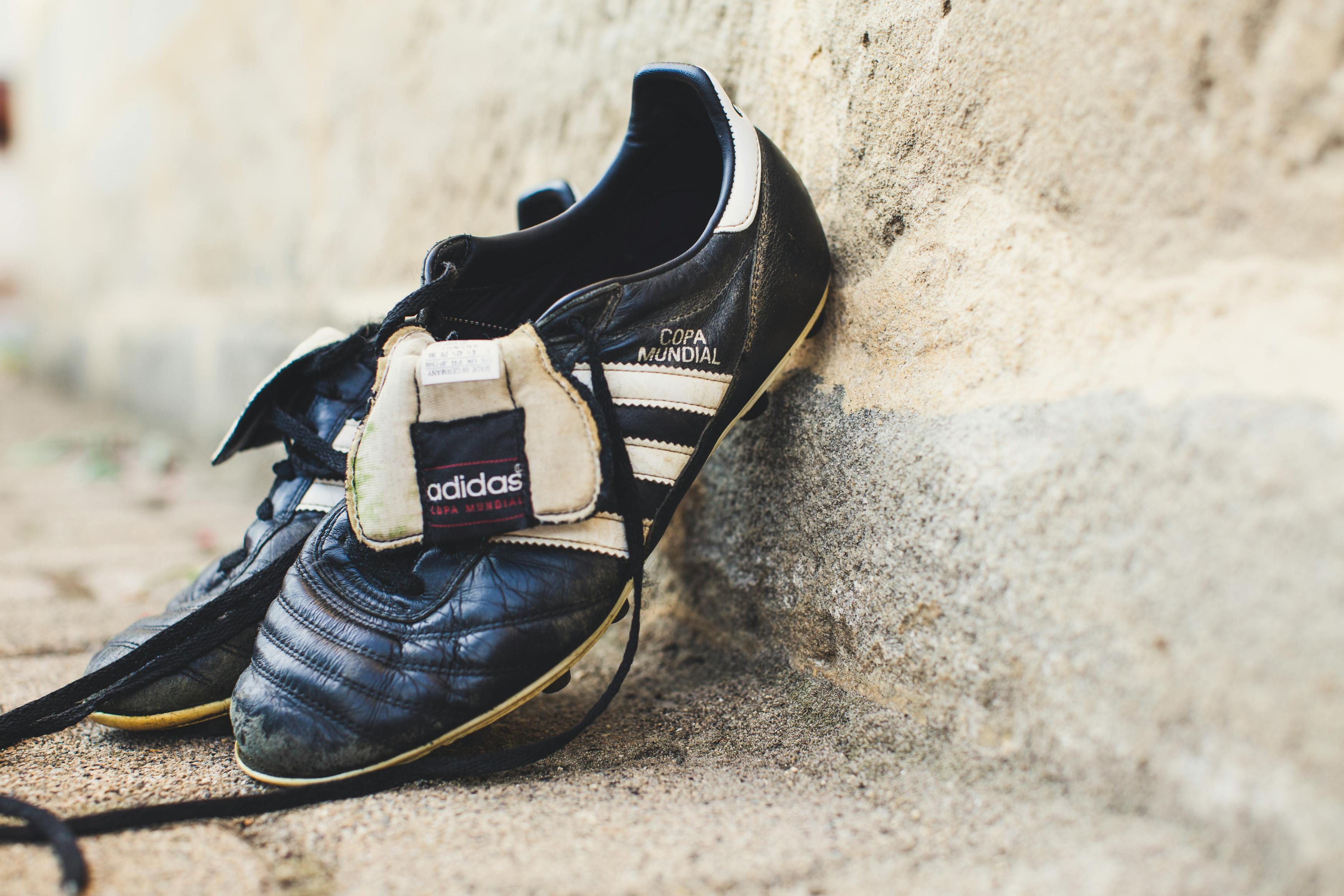The use of abusive words or slang has been universal in the daily conversations of human beings all over the world, perhaps since time immemorial. However, in this article we are only interested in how these curse words have progressed to stronger and tougher forms on celluloid and how they have conquered other very conservative forms of celluloid. This is also not at all a research paper; but, interestingly, there is a lot of research on progressively hardening swearing in Hollywood movies: researchers even list movies with the maximum amount of swearing used in dialogue by characters, and one finds a maximum of close to a thousand such expressions. in a film of around 90 minutes in length. In the early days, Western societies were also more conservative, and therefore swearing was of the relatively innocent kind like “hell”, “what the hell”, “damn”, “shit”, etc. The shift towards hardened swear words involving the ‘f***’ or ‘f******’ or ‘ass’ varieties dates back to the early 1970s in Hollywood movies. Over time it progressed steadily until the early nineties and then the progress has been exponential with almost every movie using those words liberally. Developing countries like India are said, or even believed, to lag behind any ‘progress’ in the US or the rest of the world by about two decades. So we first examine the scenario in India.
When we were in schools, times were not as modern as they are today, but families were definitely more educated than conservative, and for decent families, swearing was taboo. Whatever profanities were in circulation, they were limited to a handful of MPs and usage was purely local slang. Most of us are shocked to hear such words. However, sometimes we would learn some very unusual local slang, and in the spirit of a new discovery by learning about a never-before-heard word without understanding its meaning, I once sang it out in front of my mother. My mother angrily ordered me to shut up immediately, and I instilled ‘decency’ in her, again.
Back in college days, some outside influences from other parts of the country, mostly from the North Side, gave a new and stronger abusive slang that invariably involved mother or sister. In the course of higher education the words learned increased substantially, slowly graduating to ‘f’ or ‘a’ types in the 1980s, which is corroborated by the fact mentioned above regarding the Hollywood movies that started the initiative. in the seventies. Of course, this does not mean that the phenomenon of word use is a growing function of higher education. However, we can confidently say that this has a lot to do with modernity, urbanization, and frequent international film festivals which in turn mean more “exposure” to Hollywood and other “liberally realistic” films from other countries.
From the Golden Age of Bollywood or the Hindi cinema of the 1950s and 1960s to the technically sound movies of today, the mainstream movies so far are mostly free of hardened or modern swearing, limited only to relatively innocent local abuse. , thanks to its ‘family entertainment’ goal for a more robust trade. Only a handful of films that claimed to be different in terms of themes, plots, or ‘pure realism’ used those harsh words, albeit selectively enough, so as not to offend censorship board members too much. Most of the filmmakers noted the use of hardened swear words in the daily conversations of the particularly modern ‘progressive’ youth population, but still did not go ahead with a liberal dose for fear of the board of censorship where members still leaned towards the decency or conservatism. course, becoming more and more tolerant. Major TV series in India have, of course, been totally free of specific swearing, again thanks to the perception of ‘family’. Of course, we are not talking about sexual content or vulgarity in any national or regional film or series.
Hollywood movies with the growing exposure of young people in a modern digital India have managed to penetrate the production and transmission of Over The Top (OTT) series/films in a brutal way, because there were no censors or regulatory authorities for these productions until recently when the Government of India became aware of this ‘threat’ to decency. Today, go to any series or movie on an OTT platform and you’ll immediately find a ‘content tip’ that starts with the ‘obscene language’ aspect, among others. Movies rated R or X that were previously restricted to youth under the age of 18 are now available with the 13+ ratings. This means that words of the ‘f’ or ‘a’ varieties are destined to engulf the country soon or have already done so. Almost every male or female character in OTT productions utters an ‘f’ or ‘a’ word in almost every dialogue with or without having to. Thanks to Hollywood, this is a trendy ‘liberal’ trend that’s hot right now.
But still. Why at all? Is this third-class realism in humanity? Researchers say that Americans or Westerns use only about 1% of hardened variety profanity in daily life, while their movies use more than 25% of them in a single film. This rule can also fully apply to Indians regarding OTT streaming. We guess the phenomenon of a spouse addressing their life partner as a ‘shitty ass’ is still considered highly offensive in any household around the world. But sadly, we find such expressions in abundance in the ‘family’ scenes involving parents and even children from Hollywood movies or Indian OTT.
I leave it to you if we just need to laugh at this unique ‘realism’ or worry about it, crawling on the big, small and micro screens through homes, homes whose members are actually separated from each other. for those same screens.
